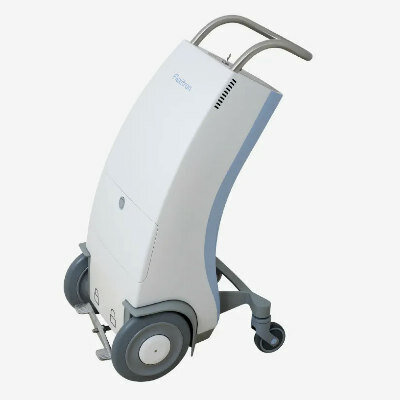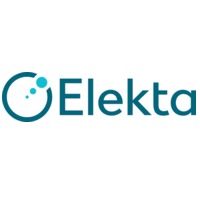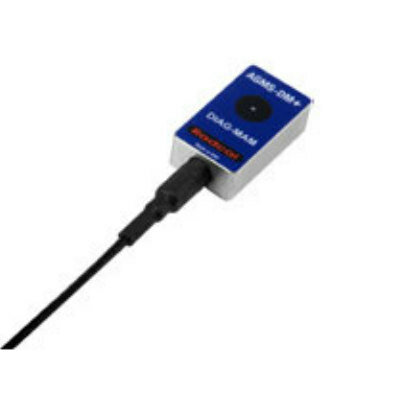MR Imaging Provides Insights into Neural Origins of Baby Talk
By MedImaging International staff writers
Posted on 15 Sep 2010
Neural processing in the brains of parents talking to their infants may reveal clues into the early stages of language acquisition in infants. New findings reveal for the first time that gender, experience, and personality affect how parents process the speech they use when addressing infants.Posted on 15 Sep 2010
Infant-directed speech (IDS), also known as "baby talk,” is a style of speech used by adults to address babies, characterized by high-pitched, articulated intonation and a simplified lexicon. While ubiquitous across languages and cultures, the neural processes underlying IDS are unknown.
To clarify these processes, the researchers, from the RIKEN Brain Science Institute (Wako City, Saitama, Japan), and their collaborators applied functional magnetic resonance imaging (fMRI) to the brains of 35 first-time parents with preverbal infants and 30 men and women without any parenting experience. Subjects also included 16 mothers with toddlers who spoke two-word utterances and 18 mothers with children in elementary school.
While first intending to measure brain activity during active speech, signal disruption caused by head movement drove the researchers to focus on listening instead, which mimics similar activation patterns without requiring any motion. Brain scans conducted on subjects listening to recorded IDS revealed that mothers with preverbal infants exhibited increased brain activity in regions of the brain known to manage language. This enhanced activation was not observed in any other group, including mothers of children who had advanced beyond the preverbal stage.
Another brain region signaled a second IDS connection: increased cortical activation was seen in speech-related motor areas of mothers in the same group who scored high on a personality test for extroversion. The study's findings, therefore, demonstrate clear distinctions in how people process and generate IDS, providing the first evidence at the neural level that "baby talk,” by acting as a bridge for linguistic transfer from mother to infant, plays a crucial role in the early stages of language acquisition.
Related Links:
RIKEN Brain Science Institute














